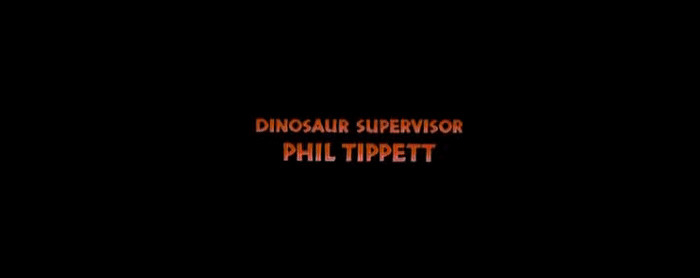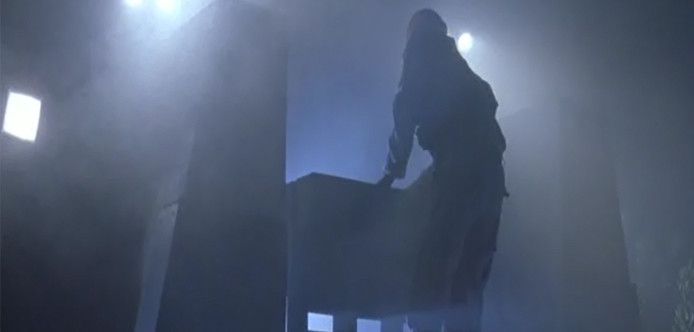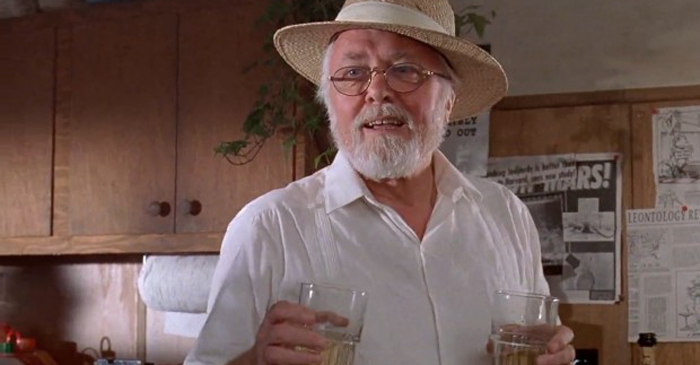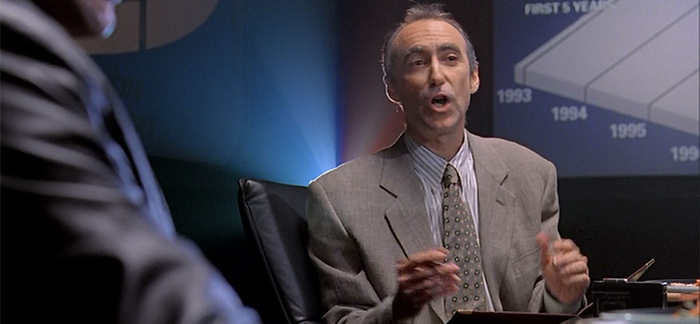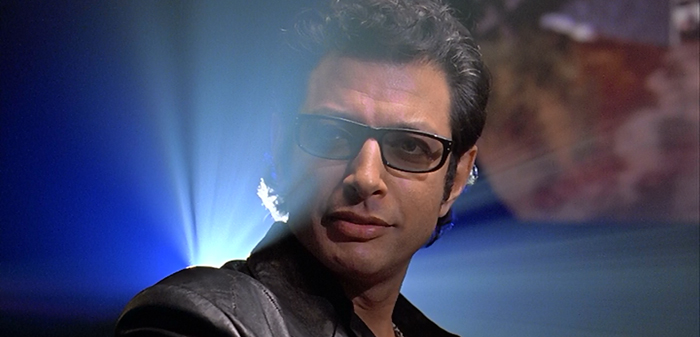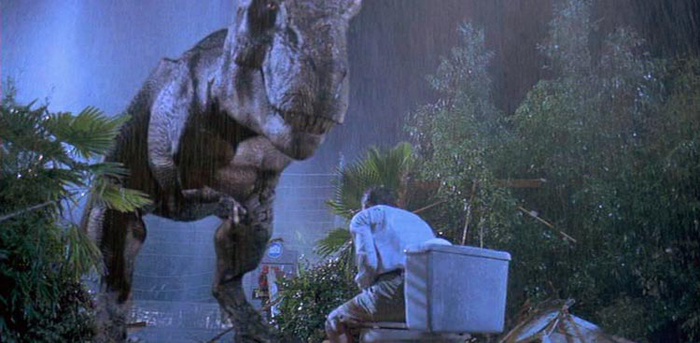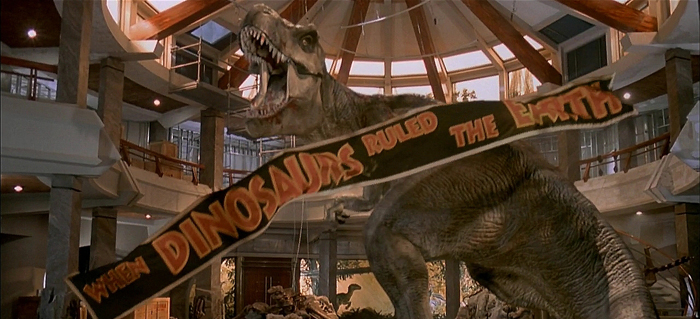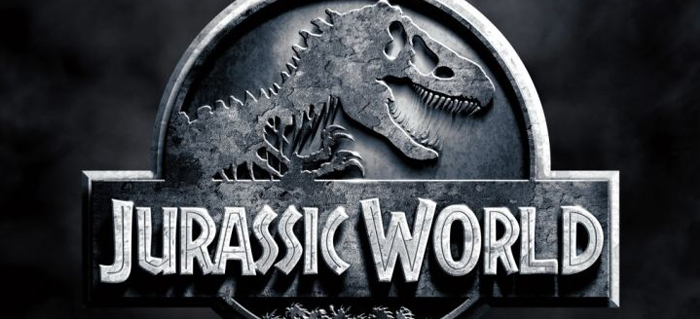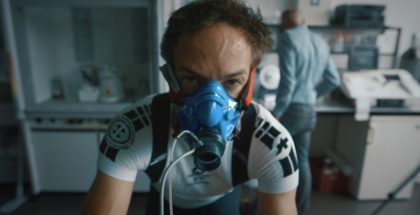12 things Jurassic Park teaches us about bad project management
David Farnor | On 08, Jun 2015
What is there to say about Jurassic Park that hasn’t been said already? Steven Spielberg’s 1993 blockbuster pioneered groundbreaking effects, gave us one of John Williams’ best scores, deftly balanced humour, character and thrills, and – of course – showed us why you shouldn’t go to the loo with a T-Rex on the loose.
But as you grow up, you realise that this cinematic landmark is also a vital learning tool for businesses and tourist attractions around the world. The first lesson is obvious: don’t bring dinosaurs back to life and put them in your theme park. But the closer you look, the more you realise how utterly doomed to failure InGen’s entire endeadvour was. Forget your kids’ disrupted dreams: it’s a project management nightmare.
From planning and resources to staff motivation, we examine the 12 things Jurassic Park teaches us about how not to run a dinosaur theme park. Because nothing says “fun family movie” like correctly filed paperwork.
And you thought Dinosaur Supervisor Phil Tippett was only to blame…
1. Lack of risk assessment
The starting point of our investigation is the death of Jophery, the gatekeeper for the velociraptor pen – a clear demonstration of the horrifying lack of risk assessment in this theme park. Aside from the fact that nobody has stopped to think that maybe cloning dinosaurs might be dangerous, there is clearly no procedure or protocol to follow in the event of a staff accident. Where are the first aid boxes? The accident and incident report forms?
The fact that lawyer Donald Gennaro requests an assessment by external experts in response to the fatality is commendable, but owner John Hammond’s choices (a paleontologist, paleobotanist and a mathematician) are far from suitable: he needed to hire a project manager or a reliability engineer with the ability to see InGen’s park for the disorganised shambles it is.
2. No pre-project assessment
Only once the park is built do they even consider asking for feedback from experts: where were the paleontologists and paleobotanists before the park was finished to warn Hammond that he was building a giant death machine?
3. Poor HRM
From the moment we meet Dennis Nedry, any HR manager worth their salt can tell that he has zero job satisfaction. “Don’t get cheap on me,” he says, as he arranges to sell stolen dinosaur embryos to Lewis Dodgson from InGen’s rival, BioSyn. “That was Hammond’s mistake.”
Given Hammond spends most of his time telling people that no expense was spared, it is obvious that the park has the funds to pay for Nedry’s services, or give him a raise. Regardless, there should be someone managing his salary expectations, his personal development, and his work schedule (he apparently spends his time playing chess), to ensure his morale does not dip. That way, he wouldn’t be tempted to steal company property for personal gain. If said property is a stapler being sold on for 50p profit, that’s one thing. If it’s a dinosaur that can bite a car in half with its teeth, that’s another.
4. Irresponsible leadership
Hammond not being present on site to welcome his legal advisers is just one symptom of his unprofessional conduct. He has no sympathy for his employees (“I’m sorry about your financial problems, but they are your problems,” he tells Nedry) and is more concerned with dancing around in front of a promotional video than the well-being of his guests. And, of course, he invites his grandchildren to an island full of live dinosaurs.
5. No middle-management
A common problem for many businesses is a fear of delegation, which can result in micro-management. Jurassic Park has the opposite problem. Even for an attraction that has not yet opened, it is woefully understaffed: many key jobs are held by a single person, with no line managers in sight. Robert Muldoon is the sole game warden. Phil Tippett is the sole dinosaur supervisor. Nedry is the sole computer developer. Ray Arnold is the park’s chief engineer, but appears to have no other engineers to be “chief” of.
The result is a business based on an unstable string of key person dependencies. With no supervision, Nedry is able to write whatever malicious code he likes without detection. Even his work station is a mess. The only way to find the malware is to “go through the computer lines of code one by one”, says Arnold. Someone else should, at least in principle, be able to understand Nedry’s code.
Even then, that doesn’t solve the problem of where all the kitchen staff are: maybe there’s only one of them too.
6. Over-automated infrastructure
The entire infrastructure of the park is automated to ensure smooth operation but the system is centrally controlled, which means that one employee can easily cause the entire place to shut down. With no design review process, this structure goes unchecked, meaning that nobody has thought to introduce manual overrides in case of emergency, software barriers to prevent malicious interference, or back-up protocols in case of malfunction. They literally have to turn it off and turn it on again, just to get the telephones working. Sadly, you can’t turn off dinosaurs.
7. Zero computer training
Technology is an important part of any modern business, but Jurassic Park’s employees are almost completely computer illiterate. Apart from Nedry and Arnold, nobody in the place would understand how to open a Word document or even play Lemmings on MS-DOS. They might as well have the Microsoft paper clip running everything: “Excuse me, it looks like you are trying to open a theme park featuring live dinosaurs. Would you like some help?”
The dated system means that the GUI (a Unix system using a three-dimensional file explorer) is borderline incomprehensible to anyone who has not been trained – and, on a side note, is slower than Adobe Bridge, which is exactly what you don’t need when trying to contain and monitor lethal creatures from 200 million years ago. It ultimately falls to a 13 year old girl (Hammond’s granddaughter) to save the day. Why has then been no gap analysis to determine this vital shortcoming?
8. Poorly defined business plan
Clone dinosaurs. Open park. Make history. That is the extent to InGen’s business plan for Jurassic Park, with no time taken to carefully assess the scope of the project: the bigger the project, the more management is required to keep things under control. Aside from Gennaro’s suggestion of a coupon day, where is the business plan? Great, someone has mass-produced some lunch boxes, but what about a strategy for handling the stakeholders? Why is there no responsibility assignment matrix to make everyone’s roles clear? Who, for example, is to blame for the unfinished ventilation shafts those raptors are trying to get into?
9. Lack of communication
The entire thing reeks of a business culture where people say “yes” to everything, just to keep John Hammond happy. A lack of meetings to assess the current project’s progress, and a corporation full of employees who never question the wisdom behind the firm’s overall ambition – ethically or commercially – have left Hammond with a free reign to play God. Only when the unqualified external experts visit (after the park has been built) does Hammond even entertain the idea of listening to other viewpoints.
10. Under-qualified scientists
For a scientific corporation, InGen’s scientists are hideously under-qualified for the task at hand. Using DNA from frogs to fill in gaps in dinosaur DNA, without considering that West African bullfrogs can change their sex, is a crucial flaw in the scientific premise upon which the entire park is based.
Controlling the animals by making them dependent on lysine is an interesting proposal, but it discounts Darwin’s theory of evolution, which even a 9-year-old child would remember. Life will not be contained, as the mathematician Malcolm explains multiple times. Their presumed knowledge required no discipline to obtain, he points out – something that even extends to spelling. In their embryo storage chamber, they do not even type “Tyrannosaurus Rex” correctly. If you can’t write what you’re cloning, don’t clone it. You don’t need a project manager to tell you that.
11. Lack of contigency plan
What could possibly go wrong on an island full of dinosaurs cloned by unqualified scientists, run by understaffed systems, designed by unsupervised programmers and owned by an eccentric billionaire? The fact that Hammond and his team have not even considered this basic question is the key to the entire operation’s failure. Even the potential for chaotic human behaviour is not taken into account: What if someone needs to go to the toilet during the automated car ride? What if they need to do their business during an emergency situation involving an escaped T-Rex?
Honestly. All it would take is a simple business continuity plan to avoid all this mess.
12. DINOSAURS.
Did we mention the dinosaurs?
Conclusion
InGen was so preoccupied with whether or not they could that they didn’t stop to think whether they should.
And there you have it: 12 reasons why Jurassic Park was doomed to failure. Thank goodness no one’s ever going to try and open a dinosaur theme park again.
Oh, wait.
With thanks to Chris Blohm.


